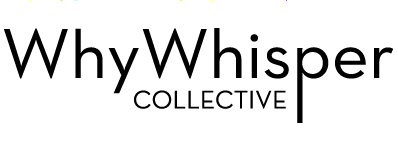Did you know that there are fewer female CEOs than there are CEOs named David? That’s right, CEOs with one male name outnumber the total number of female CEOs. And there have only been 15 black CEOs in the history of the Fortune 500. In fact, only 3% of senior leadership teams in the entire United States reflect the country’s demographic make-up.
As we know, corporations have an incredible amount of power and influence, so you’d think we’d all be on board with working to ensure diverse representation in America’s c-suites. We also know that in most cases, workforce diversity leads to economic growth, so it’s good for the corporations themselves as well. But that’s not the case – while efforts to diversify the workforce are on the rise, still one-fifth of Fortune 1000 companies “have very informal diversity efforts with nothing structured at all.”
There are many reasons why we’re falling behind when it comes to diversity in the workplace, but one of the most important is the misconception that workplace diversity will evolve naturally. As we can see, that’s just not happening. Improving hiring diversity needs to be deliberate – a concerted effort based on a strategy developed specifically for your workplace.
If that sounds like something your workplace needs, here are some basic steps for how to get started:
Assess Your Current Workforce & Hiring Processes
Before you do anything else, you’ll probably want to take stock of your workplace’s current demographics. Develop an internal survey that looks at diversity from all angles – including race, ethnicity, gender, sexual orientation, age, religion,– and honestly explains why you’re looking for this information. The survey should be anonymous, and responses should be optional, as you don’t want to assume anything about your company’s demographic make-up or that everyone will be comfortable sharing. Once you have this survey data, analyze it closely – this will be the basis for your strategy.
Then, take a look at your current hiring processes. What is your criteria around hiring, if any? Who manages the process? What, exactly, does it entail? Are there ways for you to remove certain identifying information, so as to protect candidates from unconscious biases? Take some time to assess, so you’re aware of where you currently stand and where you see immediate room for change and improvement.
Educate Your Employees
This element is crucial. While most of us intuitively understand that diversity is important, we might not really understand exactly why that is, or how to make it happen. The positive impact of workplace diversity extends beyond the bottom line – it has to do with the importance of having diverse perspectives and experiences that allow for more thoughtful decision-making. As Aubrey Blanche, Global Head of Diversity and Inclusion at Atlassian said, the biggest issue she’s facing as a professional in the space is “a lack of education.” In order to address it, she’s working to provide her company’s employees, especially leaders, with information about why diversity is crucial, and the tools they need to establish and maintain inclusive workplaces. You can do this in your workplace by hosting workshops on creating inclusive cultures, providing resources and materials about why its important, and providing one-on-one education to leaders who have a direct impact on team dynamics.
Determine Internal Capacity & Roles
Once you have some sense as to what will need to go into your company’s strategy, think about execution. Do you have the internal capacity to devote to developing a hiring diversification strategy, implement it, and evolve it based on recurring analysis? Again, just being aware of your internal structure isn’t enough – making a substantive change in your company’s demographic makeup will require a concerted, ongoing effort. If you don’t have the internal capacity, feel free to reach out to our team – we’re here to help.
Do you know of a company that has been particularly successful in implementing a workplace diversity program? Tell us about them – here’s how:
- Social media: Facebook, Twitter, LinkedIn, Instagram
- Comment below
- Send us an email

